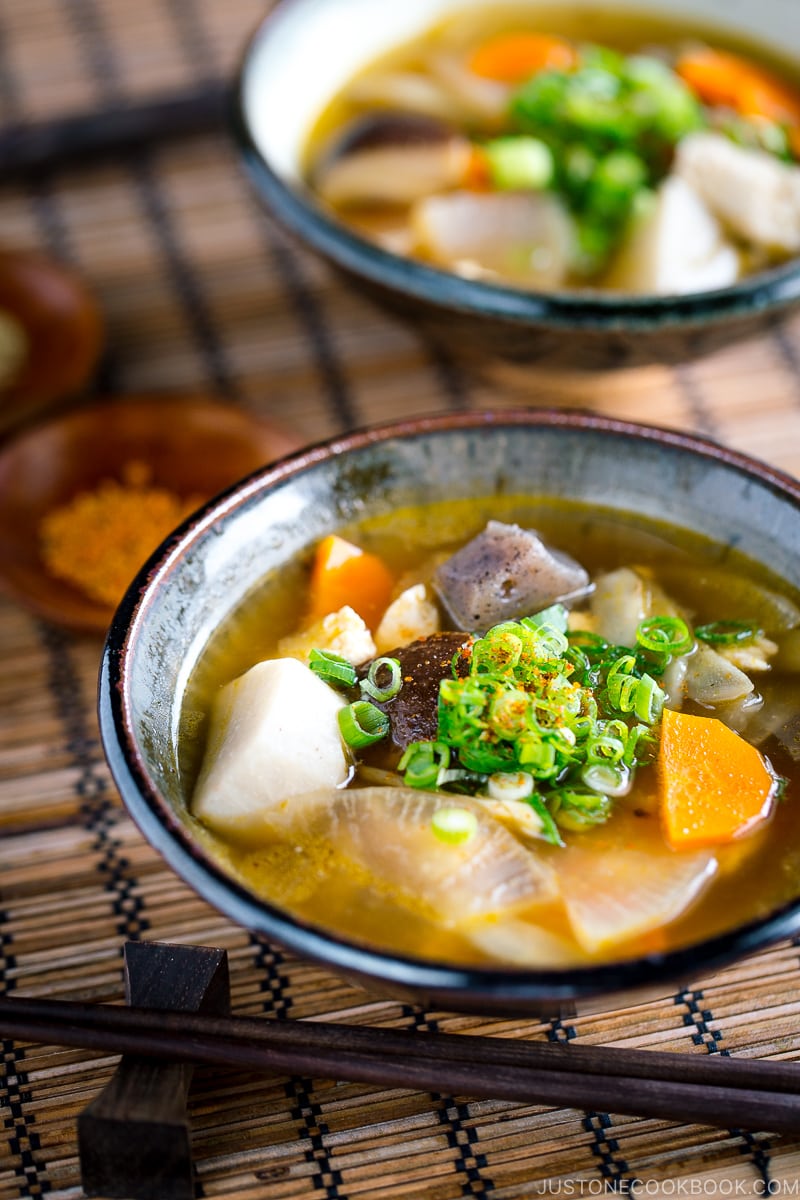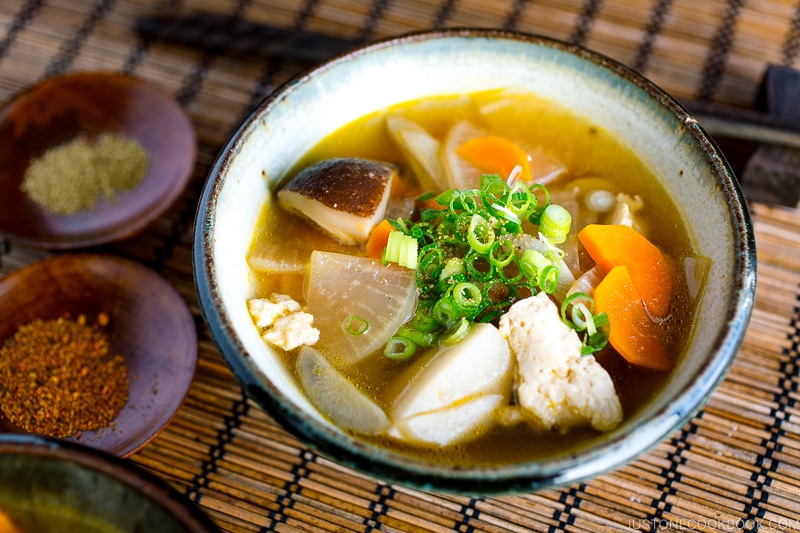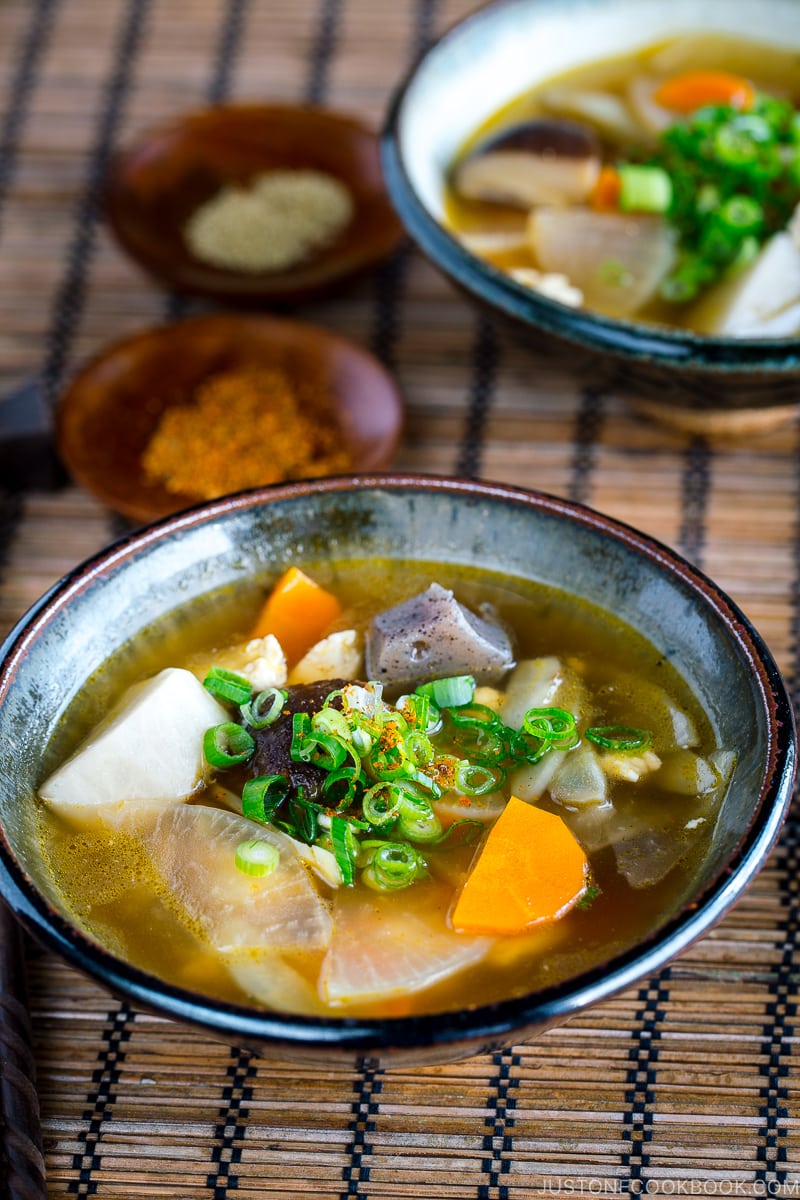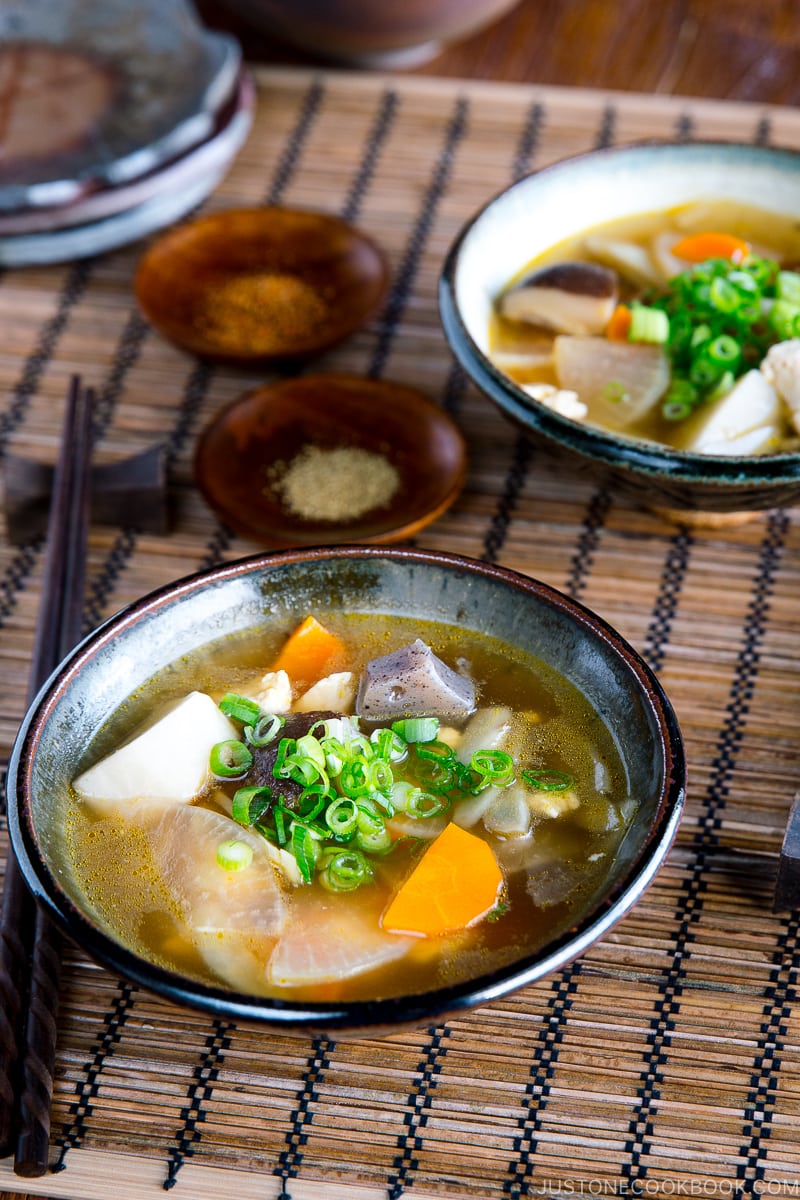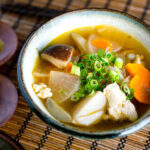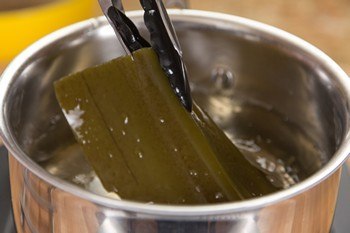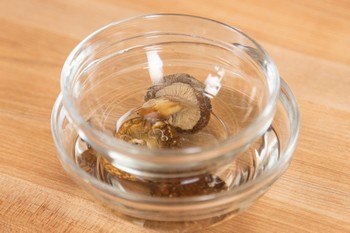If you’re experiencing cool weather, a nice hot bowl of hearty vegetable soup will really warm you up. Today’s recipe is a traditional dish called Kenchinjiru (けんちん汁) that’s a clear Japanese soup made with root vegetables and tofu. Kenchinjiru is a simple yet substantial soup that’s surprisingly full of flavor and textures. This plant-based dish will become your new favorite meal on a cold night!
What is Kenchinjiru?
Kenchinjiru or Kenchin-jiru is a vegan/vegetarian soup that was originally considered shōjin ryōri (精進料理) or traditional Buddhist temple cuisine. Its name derives from the Zen Buddhist temple Kencho-ji (建長寺) in Kamakura, Japan. Jiru means soup in Japanese. To add depth, this dish uses a vegan dashi of kombu and shiitake mushroom instead of the fish-based dashi typically used in Japanese cooking. Despite being meatless, Kenchinjiru is full of flavor and different textures from the root vegetables. Lastly, the shiitake mushrooms and tofu absorb all the delicious flavor of the broth.
Ingredients for Kenchinjiru
kombu (dried kelp), shiitake, and water – for the vegan dashi firm tofu konnyaku (konjac) daikon radish carrot satoimo (taro) gobo (burdock root) toasted sesame oil sake, kosher salt, and soy sauce green onions/scallions – for garnish shichimi togarashi (Japanese seven spice) and Japanese sansho pepper – optional, for a spicy kick
Kenchinjiru Variations and Substitutions
Make it with miso. Originally, this is a clear soup made with soy sauce. However, you can also make it with miso, especially if you prefer a bolder flavor for your soup. Add chicken or pork. You can include meat protein to make it similar to tonjiru, a miso soup with pork and vegetables that’s my favorite kind of miso soup. However, I like my Kenchinjiru to be very simple with just vegetables without meat. Change up the veggies. This soup includes traditional Japanese root vegetables for flavor and texture. However, you can use any vegetables you wish to make it your own.
How To Make Kenchinjiru
Cooking Tips and Techniques for Kenchinjiru
Cut the konnyaku with a spoon. When you cut konnyaku with a spoon, it increases the surface area, which creates a higher rate of absorption of the delicious stock and seasonings. I learned this technique from my mom! Tear the tofu with your fingers. My mom also taught me that tearing the tofu creates more surface area than cutting it with a knife. It helps absorbs more flavors. Using the same logic, I stir-fry the tofu a little bit in sesame oil to get a nice coating on them. Don’t skip the gobo and daikon. The typical ingredients include different kinds of root vegetables. Among them, gobo and daikon are important to add flavor and textures to the soup. Both are easily accessible in Asian supermarkets. Clean the soup’s foam for a clear broth. In Japanese cooking, we skim the scum and foam from stocks to yield a clean liquid to give soups, hot pots, and stews a refined taste and clear appearance.
This hearty soup has plenty of different flavors going on, just like a stew. I hope you enjoy it!
Other Recipes You’ll Love
12 Easy & Healthy Japanese Recipes
Wish to learn more about Japanese cooking? Sign up for our free newsletter to receive cooking tips & recipe updates! And stay in touch with me on Facebook, Pinterest, YouTube, and Instagram.
